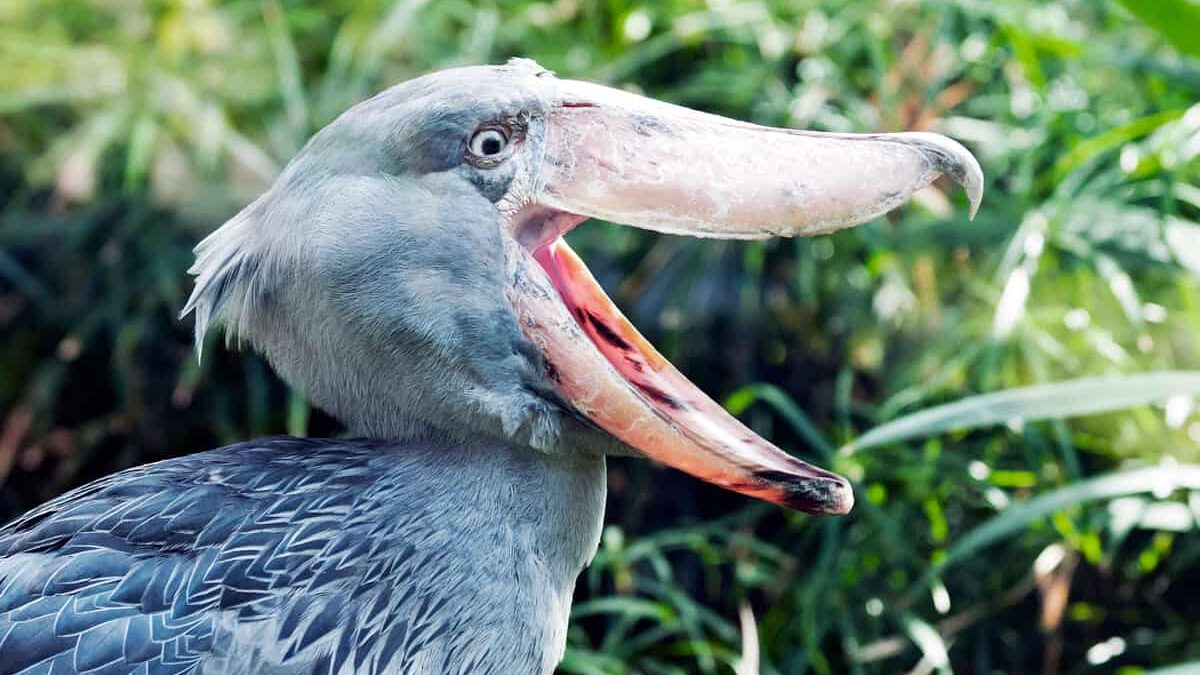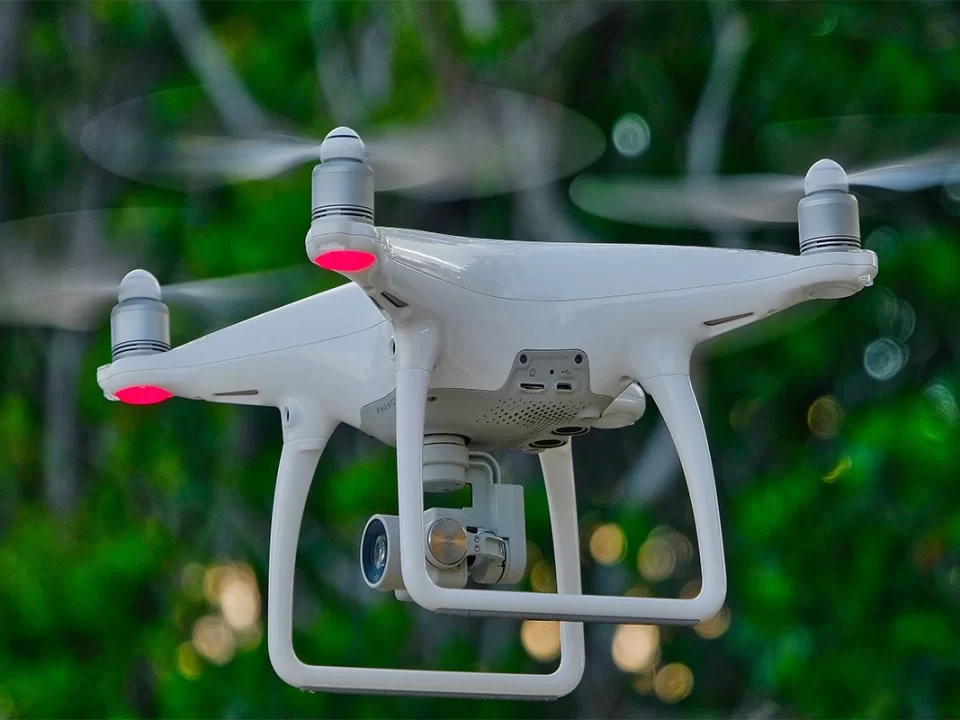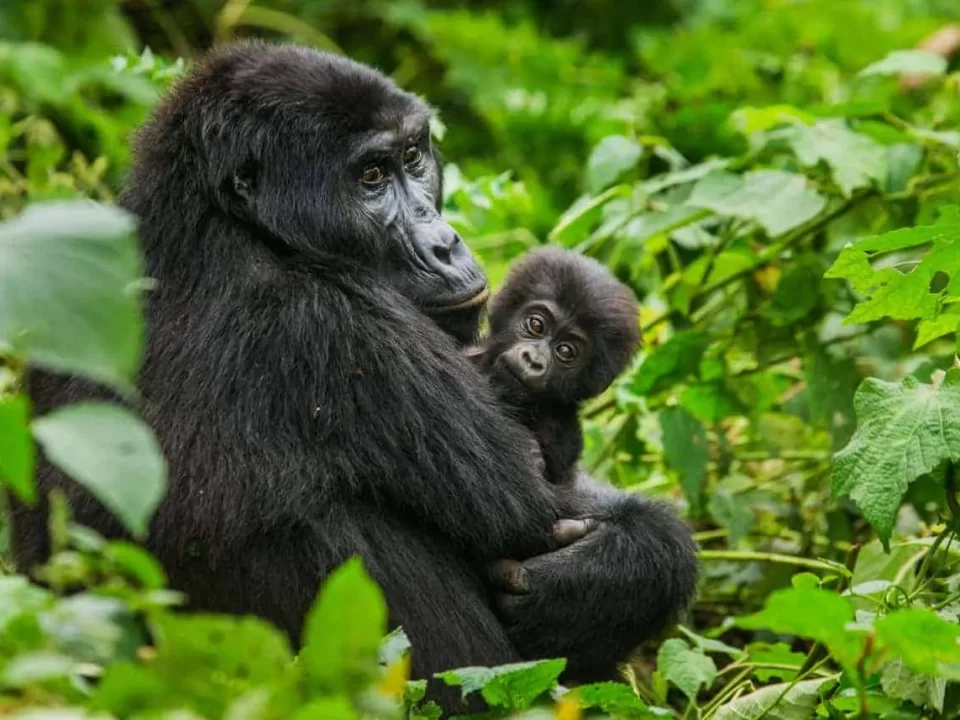Critically Endangered Shoebill in Uganda

Kivu Ground Thrush in Uganda
October 2, 2023
Birding Trips around Lake Opeta in Uganda
October 2, 2023Discovering the Critically Endangered Shoebill in Uganda: A Majestic Waterbird
Prepare to be captivated by the remarkable Shoebill, a critically endangered bird species that graces the wetlands of Uganda with its awe-inspiring presence. With its imposing grey plumage and a remarkable bill that resembles a shoe, this bird’s grandeur is reminiscent of a pelican. Its habitat of choice is the lush, swampy terrain of Uganda, where it effortlessly finds its favorite meals, which include fish, frogs, and earthworms. Notably, the Shoebill boasts pale grey eyes and a flat, hooked bill that’s tailor-made for securing its aquatic prey.
Where to Find the Shoebill in Uganda
Uganda offers numerous birding sites where enthusiasts have a chance to spot the elusive Shoebill. These extraordinary locations include:
- Mbamba Swamp: Located in Wakiso district near Entebbe Airport, this swamp is a haven for birdwatchers and a prime spot for encountering the Shoebill.
- Murchison Falls National Park: Journey to the delta point within this iconic national park, and you may be treated to a rare sighting of the Shoebill.
- Lake Mburo National Park: Enjoy boat safaris on Lake Mburo, where the Shoebill occasionally graces visitors with its majestic presence. Keep an eye out during your journey to the park, as you might spot this bird along the way.
- Edward Flats in Ishasha: Within the Ishasha sector of Queen Elizabeth National Park, the Edward Flats present an opportunity to glimpse the Shoebill on a fortunate day.
- Lake Albert Shores near Toro-Semuliki National Park: Explore the shores of Lake Albert near Toro-Semuliki National Park for a chance to observe this magnificent bird.
- Ziwa Rhino Sanctuary: This sanctuary is another promising location to encounter the Shoebill in its natural habitat.
- Other Locations: Additional places where birders can potentially encounter the Shoebill include Tangi Gate in Murchison Falls, Zziwa Rhino Sanctuary, Semiliki Wildlife Reserve, Lwela Swamps, Masaka Swamps near National Water, Masindi, Luwero, and Lake Bisina.
The Shoebill’s Distinct Call
When near its nest, the Shoebill often vocalizes with a braying call reminiscent of a donkey. However, it may remain silent during other moments, adding an element of mystery to its presence.
Best Times for Shoebill Viewing
While the critically endangered Shoebill can be observed throughout the day, mornings and evenings offer optimal opportunities for sightings, particularly when the bird is actively hunting for food. Birdwatchers can often spot the Shoebill while on a boat, but game drives within national parks also provide chances for sightings.
Other Bird Species to Discover
The journey to find the Shoebill in Uganda opens doors to encountering a diverse array of bird species. Keep your binoculars at the ready, as you might also spot:
- Carruthers Cisticola
- Black Crake
- Common Squacco Heron
- Purple Heron
- African Jacana
- Goliath Heron
- Yellow-Billed Stork
- White-Faced Whistling Duck
- Pied Kingfisher
- Common Bulbul
- Hottentot Teal
- Saddle-Billed Stork
- Winding Cisticola
- Swamp Flycatcher
- Red-Chested Sunbird
- Fan-Tailed Widowbird
- Scaly Francolin
- Cape Wagtail
- Senegal Lapwing
- Grey-Headed Gull
- Madagascar and Blue-Breasted Bee Eaters
- White-Winged Terns
- African Skimmers
Among these fascinating avian inhabitants, the rare and endangered Blue Swallow also graces Mabamba Wetland around Lake Victoria.




